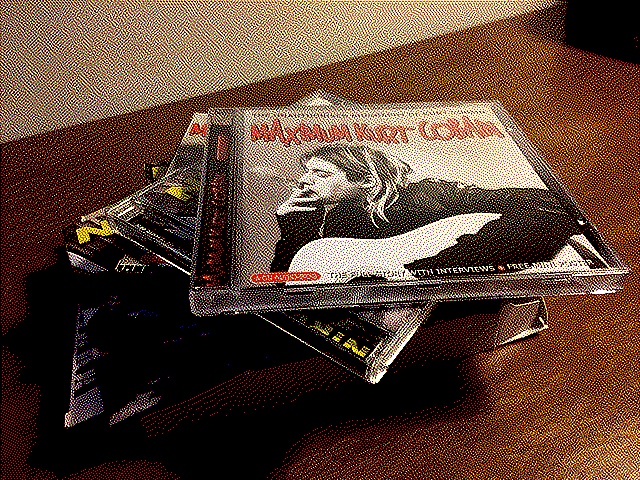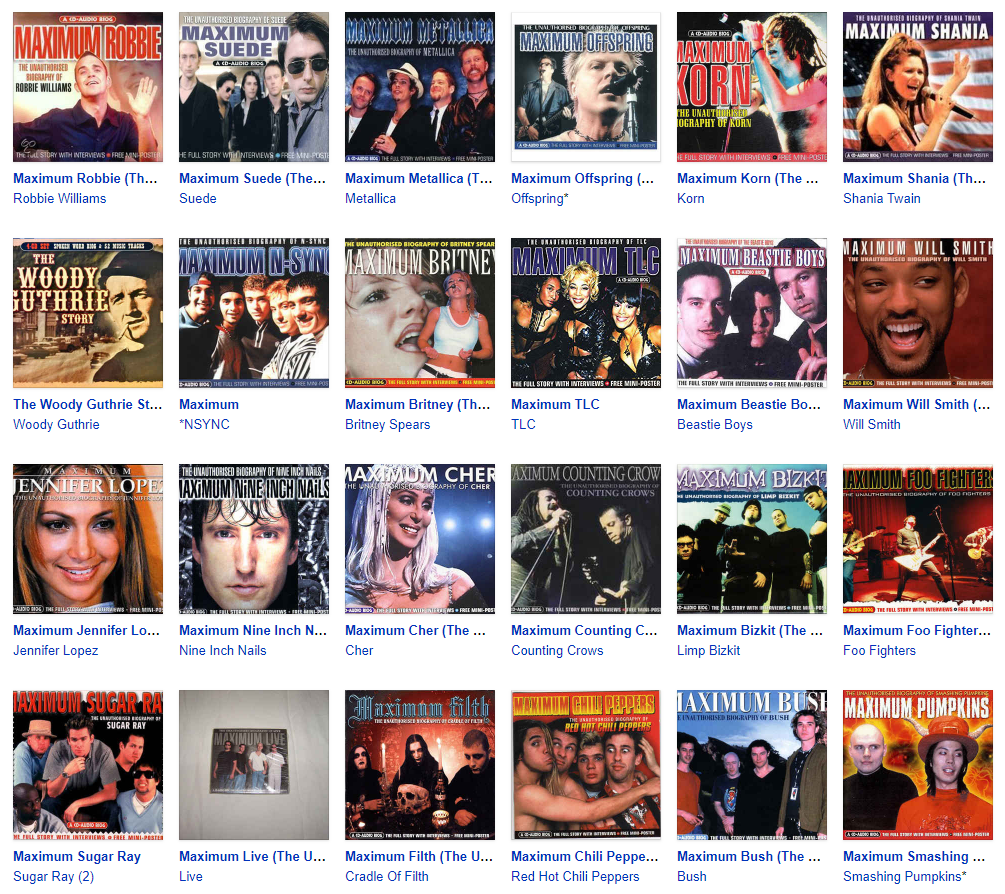Maximum Kurt Cobain
- Posted by mariteaux on March 11th, 2020 filed in Music
- Comment now »
I like to think I know a thing or two about Nirvana. The first band I ever truly fell in love with, the first band I was obsessed with, and the one I spent most of being nine years old listening to. This is, by all accounts, where the focus on Nirvana should go: the music. Kurt was damn good at it. Great ear for melody and hooks, a nursery rhyme-like approach to arrangement, ferocity that sells a heavier track and vulnerability that sells a cello ballad. Kurt maintained the illusion of pop songwriting like few in rock could’ve.
Yet, in all the glory of the band, the blazing, suicidal glory–I can’t really give a fuck about Kurt Cobain as a “legend”. Nirvana, like Blondie, was a band, and Kurt’s life story is at best secondary to the music, and with gems like what I’m about to show you today, at worst actively harmful to the man’s legacy.

To recap, I’ve recently been going through my stuff, looking to sell off junk I’ve accumulated, when I came across a small Nirvana boxset in a tote. I’d never opened it; it was a gift from some time ago that I didn’t give much thought. I was too busy enjoying, you know, the music. The Lowdown Nirvana, it called itself, a two CD boxset ostensibly about Nirvana but…well, get a load of the back of the box:
The voice of a generation, lead singer Kurt Cobain represented a nation of disenfranchised youths suffocated within the confines of suburbia and two decades on from the release of their groundbreaking album Nevermind, Kurt and Nirvana are just as important as they ever were.
This two disc set celebrates the legacy of this extraordinary band with a series of interviews in which they talk candidly about all manner of subjects close to their hearts. Recorded at various points throughout their career, it offers a deeply personal insight into Kurt’s troubled soul, whilst also capturing the emotional journey Kris and Dave bared witness to.
Aside from the grammatical errors (it’s “bore witness”, lads), we’re getting a real good insight into just exactly what “the Lowdown on Nirvana” is. It’s Kurt, of course. Nirvana was Kurt and Two Other Dudes. Excuse me, “Kris” and Dave. And they were just there watching. They didn’t play music together, they didn’t goof off together, they didn’t go through life together. They just…bore witness to Kurt representing the youth.
Now, confusingly, the set is produced by a label called Sexy Intellectual, but the discs inside are produced by another label, Chrome Dreams. Chrome Dreams produce the Maximum series, and from what I can gather, Sexy Intellectual is a sublabel that repackages already-existing discs as boxsets.

The Maximum series, make no mistake, is as trashy as it looks. It’s as if tabloids tried covering music history, going over lurid details that, even if they were true, no one should care about or really be privy to. Even rock stars deserve privacy, and they certainly don’t deserve to have every asshole their parents might’ve stuck something into documented for horribly obsessive fans to ponder, as if the sudden appearance of a second macho longshoreman radically alters the meaning of “Sliver” or something.
The Lowdown Nirvana normally comes with two interviews discs, The Classic Interviews and…The Interview. My copy, on the other hand, came with Maximum Kurt Cobain in place of the latter disc. Aside from the genuinely horrendous amount of packaging (two CDs, each with their own slipcases thanks to both having two booklets each, thus not fitting into The Lowdown Nirvana‘s box properly and requiring me to tear it open), the exploitation does not get any better inside:
When Kurt Cobain put a gun barrel to his mouth in April 1994, he ensured his place in history. His band, Nirvana, had already changed the face of modern music and now, their lead singer was to be elevated to near martyrdom by those he left behind. Nearly ten years after his death, Nirvana and Kurt Cobain are more popular than ever as a new generation of fans are inspired by the band’s music, Kurt’s words, his struggle and his life. Their appeal is endless and nameless, but this is where it started. This is the story of one of rock’s greatest icons, the troubled, short life of Kurt Cobain.
Now this is just me, but I don’t really like to define a man by the fact that he died. Kurt was a musician, right?
Frankly, I could only sit through about half of the disc because of just how much it either gets wrong, mischaracterizes, or just goes for the cheapest, most manipulative angles possible. Just listen to how it finagles the man’s life into a Lifetime movie: Musical child, idyllic childhood. Parents break up. Can’t trust either parent. Goes to live with everyone, hating all of them and getting exposed to metal music. Was popular in school until he wasn’t, then wearing a trenchcoat and dyeing his hair red. Trying to fuck a disabled girl and then getting embarrassed about it to the point of trying to kill himself on the train tracks. Then…finding punk.
The music side of things isn’t any more accurate. Amazingly, the CD claims that Jason Everman was kicked out because Kurt was “threatened” by a “charismatic, charming second guitarist”. Greg Hokanson, despite being in Fecal Matter for a bit, didn’t actually play on their tape. It characterizes Bleach as just having been the Christmas Eve 1988 session and not the one before or after. It calls “Pen Cap Chew” “Pen Chew”.
Tell ya what: I’ve ripped one of the tracks and you can listen to a bit of it yourself if you want a better idea of what an embolism feels like.
As for the other disc, I haven’t bothered listening to it (I have Helmet records that deserve my attention more), but I only just noticed the back of the jewel case calls Bleach an EP. Ostensibly, they meant Blew.
At the end of the day, Kurt was a man who never quite rose to the task. He was constantly trying to negate his fame, yet he was uniquely charismatic. He had the sense of humor. He had the desire for fame. There are plenty of weirdos in rock, but the reason Pixies didn’t get where Nirvana was is because Black Francis doesn’t look as good on a poster.
And in that lies why the Legend of Kurt feels so exploitative. He’s a cautionary tale, not a success story. His music is eternal; his art continues to live on and inspire new guitarists and songwriters constantly. But if you’re gonna fuck his privacy, you either tell the story of the man or you tell the story of the mess.
Or–you focus on his music.
